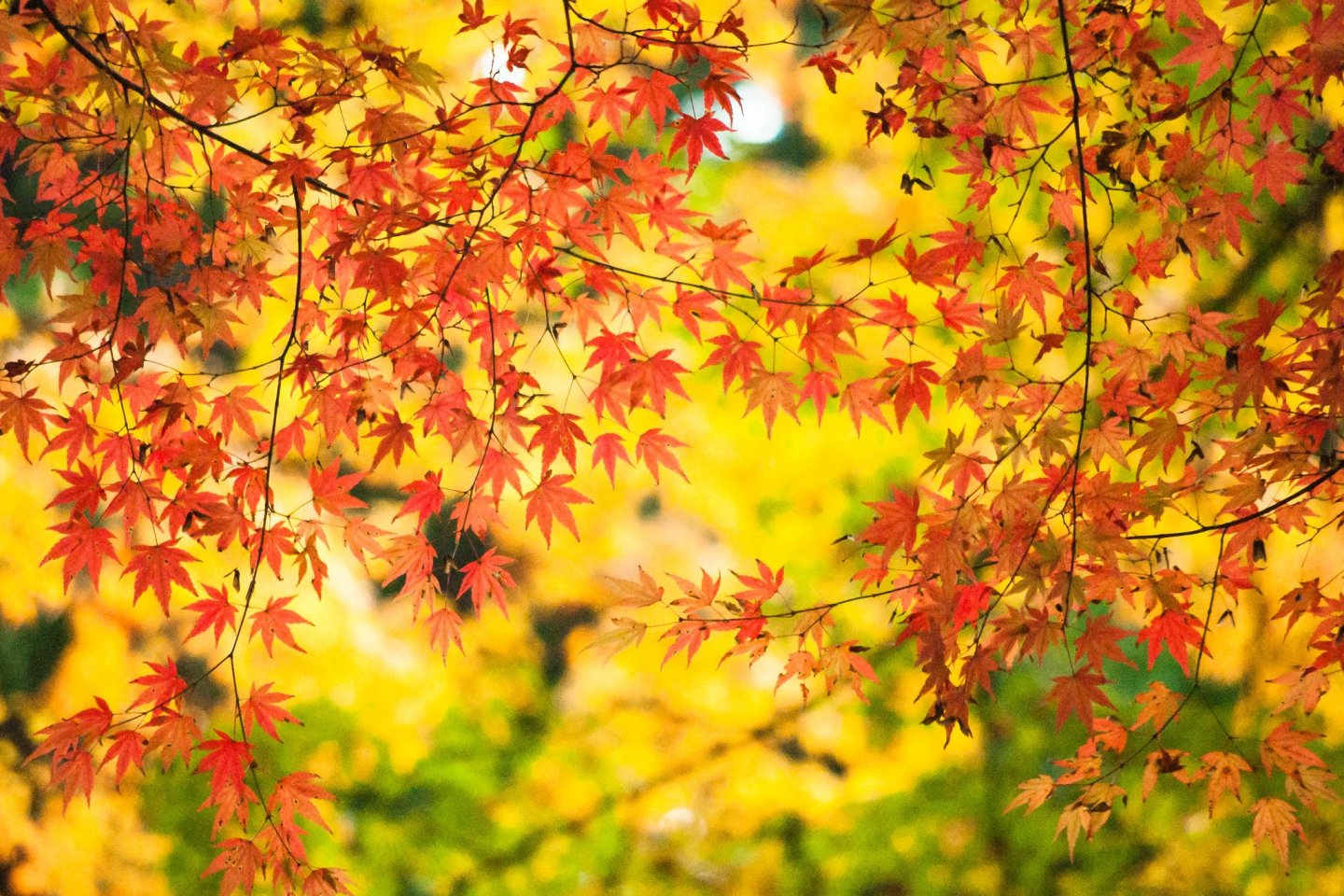JAPANESE STYLE - VEGETABLE DESSERTS

Low-sugar cakes made with vegetables (Patisserie Potager)
Japanese confectionery can be divided into Yogashi (western-style confectionery) and Wagashi (Japanese-style confectionery). Yogashi was imported into Japan from the West and often uses animal extracts for raw ingredients such as dairy products and gelatin. In contrast, Wagashi often uses plants for raw materials such as cereals, beans and vegetables. An can be said to form the basis of Wagashi - a paste made of beans (such as adzuki beans) with added sugar. Indeed, vegetables have long been popular as raw ingredients for Wagashi; and other combinations include mugwort, perilla, chestnut and sweet potato etc. mixed with An or Mochi (sticky rice cake).

(Right) Monaka (wafer sandwich) made with vegetables such as black sesame, lotus root and sweet potato. Monaka is a type of Wagashi with An sandwiched between wafers (Azabu yasaigashi)
Focusing on nutritional value and sweetness
Recently in Japan there has been an increase in the use of vegetables in Yogashi too. Broadly speaking this concept can be divided in two. One is to use the same kind of vegetables that are familiar in Wagashi ingredients. This has created a new sense of confectionery with a unique Japanese concept where vegetables and fruit are used alongside confectionery ingredients and cooked vegetables are mixed into the very fabric or cream of the Yogashi, allowing you to enjoy the flavor of the vegetables.
The other is health-conscious confectionery that strives to include things that are good for the body. Traditionally Yogashi has used ingredients that include animal fats such as butter and cream, which tends to make it high in calories. In terms of preventing lifestyle diseases and anti-aging, this has been a very thorny issue for those who are concerned about their health. So thinking about it from a health point of view, the industry hit on the idea of low-calorie, low-sugar Yogashi made with highly nutritious and sweet vegetables.


(Left) "Vegetable jelly with eggplant and adzuki beans" (Azabu yasaigashi).
(Right) This shop is not just somewhere to buy confectionery - you can also eat-in too (Azabu yasaigashi)

 (Left) ""Green sponge with tomatoes." Tomatoes are sandwiched between sponge cake that contains Japanese mustard spinach
(Patisserie Potager).
(Left) ""Green sponge with tomatoes." Tomatoes are sandwiched between sponge cake that contains Japanese mustard spinach
(Patisserie Potager). (Right) "Veggie-roll with kale" Rolled cake with cream that contains kale and Matcha - a type of green tea (Patisserie Potager)

 (Left) "Eggplant compote jelly." When the eggplant is made into a compote, it tastes like apples and plums. The reddish-purple
color on the top is from the skin of the eggplant (Patisserie Potager).
(Left) "Eggplant compote jelly." When the eggplant is made into a compote, it tastes like apples and plums. The reddish-purple
color on the top is from the skin of the eggplant (Patisserie Potager). (Right) None of the confectionery in this shop contains more than 10 grams of sugar, including the baked goods. Everyone can rest easy and enjoy it - even those who are concerned about their health (Patisserie Potager)
1/6 the sugar
So, how much can we actually cut the calories and the sugar? Comparing low-sugar sponge cake with normal sponge cake, it has approximately 250 kilocalories, or 2/3 the calories, while sugar is about 7.7 grams or 1/6 of the normal sponge. We can use the sweetness and rich taste of vegetables to reduce the amount of sugar and cream used, which helps to cut down on calories.
In Japanese culture, we don't mind putting in a little time and effort
It takes some time and effort to make confectionery using vegetables. Vegetables are not commonly used as ingredients for confectionery and there are not many that come ready cooked as ingredients like canned fruit. It takes time and effort to do the preparatory work; peeling and cooking the vegetables. The cooking method is also important - including the size the vegetables are cut. If they are chopped too small, the taste and aroma of the vegetables will disappear, but if the smell of the vegetables is too strong it will spoil the cake-like appeal. Therefore it is an ingenious exercise where you need to finely tune the smell when mixing mangoes in with carrots, or adding kiwi fruit to cucumber and while sampling the vegetables, get a sense of their the taste from the texture they leave behind. The confectionery needs to be made carefully; taking this kind of time and effort. However, one of the features of Japanese culture is that we don't mind taking time and effort to create things.
Confectionery made with vegetables has a gentle sweetness and fresh flavor; you can relax when eating it from a health perspective; and it also looks colorful and gorgeous - no doubt in future we will see an increase in the variety available.


(Left) "Miracle Cream Choux" made using layered boiled vegetables. So named due to the fact that it took 2 years to complete the confectionery. Low in calories thanks to the use of vegetables (dongurinoki).
(Right) About half the confectionery sold in this shop uses a method where the "vegetables are boiled in layers." "Boiling in layers" is a traditional Japanese cooking method where cut vegetables are layered up in a pot in a predetermined order and then boiled using the moisture from the vegetables (dongurinoki)

